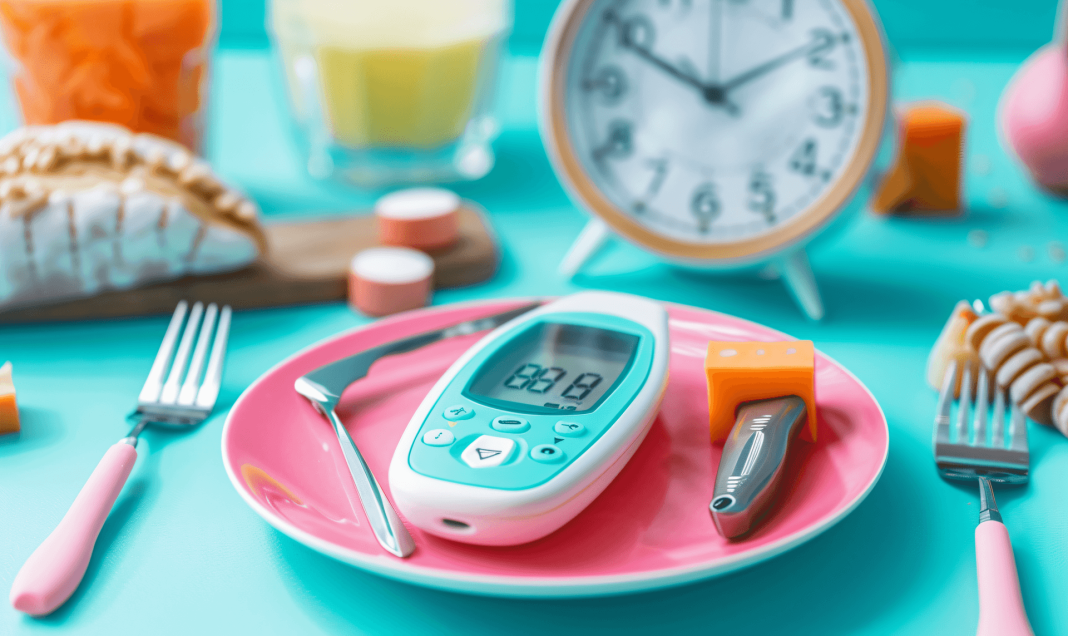This content is provided by Pioneer Bird Blood Sugar Management Software! It helps you record health indicators such as blood sugar and blood pressure, offers free tastings of sugar-free foods, and provides customized diet and exercise plans, accompanying you in managing your blood sugar.
Fasting blood sugar of 13.5 mmol/L is quite high for diabetic patients, typically indicating poor blood sugar control. In this situation, many patients may feel anxious and helpless, worried about their health. However, through reasonable dietary adjustments and lifestyle changes, it is possible to gradually improve blood sugar levels even without relying on medication and insulin. Of course, this needs to be done under a doctor’s guidance, and each person’s situation is unique.
Firstly, let’s talk about diet. The diet for diabetic patients should be low in sugar, low in fat, and high in fiber. This means avoiding high-sugar foods such as candies, cakes, and sweetened beverages, while also reducing the intake of saturated fats and trans fats, like limiting fried foods and fast food. Instead, the intake of whole grains, legumes, fresh vegetables, and fruits should be increased, as these foods are not only nutritious but also help control blood sugar.
While adjusting the diet, diabetic patients should also pay attention to the proportions on their plates. A simple method is to use the “plate method”: divide the plate into four parts, with half being vegetables, one-quarter being high-quality protein (such as fish, chicken, or beans), and the remaining quarter being whole grains. This kind of proportion helps maintain stable blood sugar levels.
In addition to diet, exercise is also an important means of controlling blood sugar. Moderate exercise can help the body use insulin more effectively, thereby lowering blood sugar levels. Diabetic patients are advised to engage in at least 150 minutes of moderate-intensity exercise each week, such as brisk walking, swimming, or cycling.
However, even with changes in diet and exercise, some patients may still require medication or insulin to control their blood sugar. This is because diabetes is a progressive disease, and over time, the body’s insulin requirements may increase. Therefore, it is crucial to work closely with a doctor, regularly monitor blood sugar levels, and adjust treatment plans as necessary.
During this process, some auxiliary tools can help diabetic patients manage their health better. For instance, smart blood glucose monitoring devices can provide real-time blood sugar data, helping patients understand their blood sugar fluctuations and make timely adjustments.
Additionally, to encourage a healthy lifestyle, some marketplaces have launched free tastings of sugar-free or low-sugar foods. These activities provide diabetic patients with an opportunity to try healthy snacks while also helping them discover food options that suit them.
Returning to the initial question, can a fasting blood sugar of 13.5 mmol/L return to normal without medication or insulin? Doctors may tell you that it depends on various factors, including the patient’s age, weight, type of diabetes, and complications. For some newly diagnosed diabetic patients, strict diet and exercise plans might lead to significant improvements in blood sugar in a short period. However, for those with long-term illness or complications, medication or insulin may be needed to control blood sugar.
In summary, diabetic patients should work closely with their doctors to develop personalized treatment plans. Through proper diet, moderate exercise, and appropriate medical intervention, many diabetic patients can manage their blood sugar effectively and enjoy a healthy life. Remember, diabetes management is a marathon, not a sprint. Consistent effort and a positive lifestyle are the keys to a path to health.


